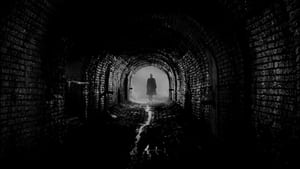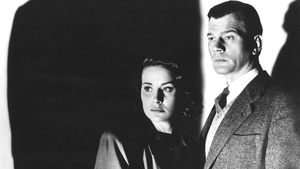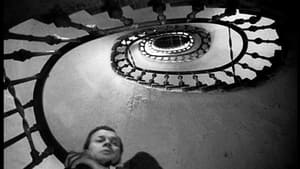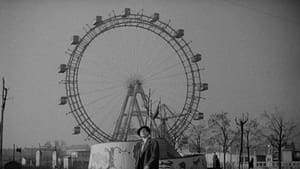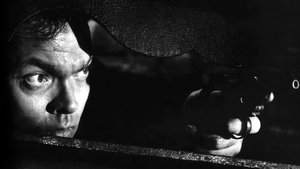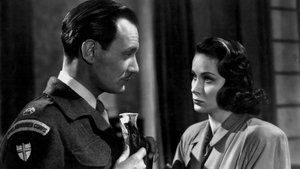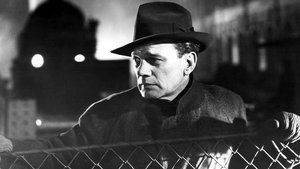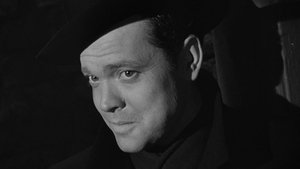Contact: [email protected]
Video Sources 0 Views
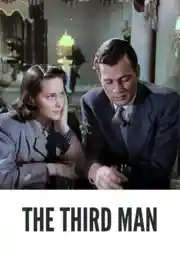
Synopsis
[ez-toc]



 a
a
Introduction
In the ever-evolving landscape of filmmaking, the clash between preserving the authenticity of old movies and the urge to modernize them continues to spark debates within the industry and among cinephiles. One such controversial technique is colorization, the process of adding color to black-and-white films. This article delves into the heart of this debate, using the classic film “The Third Man Colorized” (1949) as a case study. We’ll explore the significance of this movie, the impact of colorization, and the ongoing dialogue about preserving cinematic history.
Read Media File Transfer Agreement: Terms and Conditions
Read FAQ
The Making of a Classic: “The Third Man Colorized” (1949)
Set against the post-war backdrop of Vienna, “The Third Man Colorized” is a cinematic gem directed by Carol Reed and written by the prolific Graham Greene. The film follows the journey of Holly Martins, played by Joseph Cotten, as he investigates the mysterious death of his friend Harry Lime, portrayed by the enigmatic Orson Welles. The narrative weaves through the cobblestone streets of Vienna, capturing the city’s essence as it grapples with the aftermath of war.
Reed and Greene’s collaboration resulted in a formidable piece of cinema history, combining elements of film-noir with the distinctive zither music of Anton Karas. The movie stands as a testament to the ability of old films to transcend time, immersing viewers in a gripping tale of deception and intrigue.
The Visual World of “The Third Man Colorized”
One of the film’s defining features is its black-and-white expressionist cinematography. The visual style, marked by stark contrasts and deep shadows, contributes to the film-noir atmosphere. The decision to film in black and white wasn’t just a technical choice but an artistic one, intensifying the mystery and tension that permeates the storyline.
The use of shadows and light in black-and-white cinematography enhances the film’s ability to convey the complexities of post-war Europe. The absence of color adds a layer of abstraction, allowing viewers to focus on the emotions and nuances of the characters.
Controversy Strikes: The Colorization of “The Third Man Colorized”
While many purists argue that altering old films disrupts their original artistic intent, colorization has become a practice, albeit a contentious one. The controversy surrounding the colorization of “The Third Man Colorized” emerges from the clash between modernization and the preservation of cinematic history.
To understand the historical context of colorizing black-and-white films, we must acknowledge the technological advancements and the motivations behind such processes. The colorization of old movies gained popularity in the 1980s and 1990s as a way to attract new audiences and make classic films more accessible to younger viewers.
Analyzing the Impact: Does Colorization Enhance or Detract from the Film?
The question that lingers in the minds of cinephiles is whether colorization enhances or detracts from the viewing experience of classic films like “The Third Man Colorized.” Advocates argue that adding color breathes new life into these movies, making them more relatable to contemporary audiences. On the other hand, purists argue that altering the original artistic vision undermines the historical and cultural significance of these films.
To analyze the impact of colorization, we must consider the pros and cons of this controversial technique. Proponents argue that colorization can make old movies more appealing to a younger demographic, bridging the gap between generations. Detractors, however, contend that colorization oversimplifies the nuanced storytelling inherent in black-and-white cinematography.
As we examine the debate, we’ll also take a closer look at specific scenes from the colorized version of “The Third Man Colorized.” Does the addition of color enhance the atmospheric depth of Vienna, or does it dilute the film’s noir essence? These questions prompt a critical exploration of the nuances of colorization.
Preserving Cinematic History: The Importance of Restoring Old Films
While the debate on colorization rages on, there’s a broader conversation about the preservation of old movies. Film restoration, a meticulous process that involves repairing and enhancing deteriorated film prints, plays a crucial role in maintaining our cinematic heritage.
Preserving the original integrity of classic films, including “The Third Man,” requires a delicate balance between restoration and modernization. The restoration process ensures that future generations can experience these cinematic masterpieces in their intended form, appreciating the craftsmanship and creativity of the filmmakers.
Conclusion
“The Third Man Colorized 1949” emerges as a contentious adaptation of a cinematic masterpiece, highlighting the ongoing debate surrounding the colorization of old movies. While some argue that colorization breathes new life into these classics, others believe it dilutes the original artistic vision. As we navigate the complexities of this discussion, it becomes clear that the tension between preserving cinematic history and embracing modernization is an inherent struggle in the film industry.
In the case of “The Third Man,” the black-and-white cinematography, the zither music, and the post-war atmosphere all contribute to its enduring legacy. Whether colorization enhances or detracts from this legacy is a subjective matter, opening the door to a broader conversation about the delicate balance between preservation and adaptation in the ever-evolving world of cinema.
As the debate continues, “The Third Man Colorized 1949” stands as a symbol of the ongoing dialogue surrounding the preservation of old movies. Ultimately, whether one embraces or rejects colorization, the importance of cherishing and safeguarding our cinematic history remains a shared responsibility for filmmakers and audiences alike.
